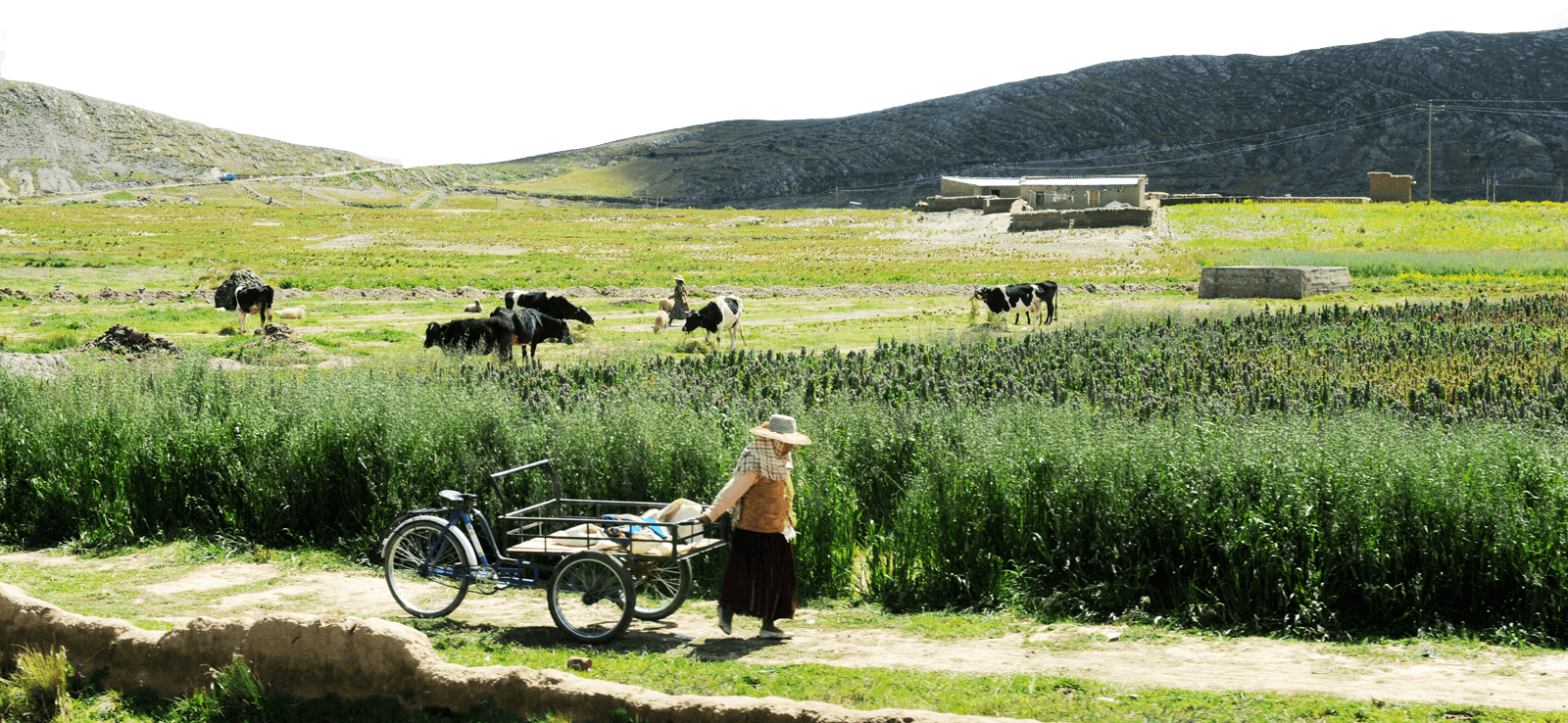“Food Evolution”: Propaganda for Public Support of GMOs
I recently saw the documentary film Food Evolution, and my overall opinion is that it is a well thought out piece of propaganda designed to manufacture public support for GMOs, while discrediting environmentalists, dissenting scientists, and organic farming.
The arguments and tactics are well known:
- We need GMOs to feed the world.
This Malthusian ideology was debunked forty years ago in the seminal book, World Hunger Twelve Myths and again in its new, updated version, World Hunger: Ten Myths. Food Evolution uses the same scare tactics that have characterized mainstream media and corporate science for many years; we must double food production by 2050 to feed a world population that will reach 9 billion people, (research indicates no scientific basis for this assertion), and that the only way to achieve productive yields is through biotechnology; or ‘that we must use all tools in the toolbox.’ Further assumptions include that organic farming will not be able to increase yields to the desired levels, and thus will require more cultivated land, leading to more deforestation. These claims have also been consistently debunked by scientific research (here, here, and here).During the question and answer session that followed the film, I brought up the issue that 70% of the world’s food is produced by small farmers who do not use GMOs. I also asked the film screening’s hosts if they could point me to one hectare of GMOs today that are feeding just one of the world’s 1 billion hungry people. They could not answer because 50% of the two principal genetically modified food crops (soy and corn) are fed to cars and the other 50% fed to livestock for meat production—a luxury the poor can’t afford. They brought up the papaya example from Hawaii, but the poor often can’t afford such fruits. - Alternatives are excluded.
The documentary highlights the GM papaya case in Hawaii and GM bananas in Africa, suggesting that biotech is the only way to protect the crops from viruses and bacteria that are wiping them out. In the case of GM papayas, the standard practice is to grow them in monocultures, which makes the plants more, not less, susceptible to disease. The film does not discuss the connections between disease vulnerability and crop biodiversity. It also dismisses all other kinds of agronomic alternatives, such as biological control of vectors, use of other conventionally bred or traditional varieties that may be resistant, or diversifying papaya systems with other tree crops, vines, grains, and animals. In the case of GM bananas, again the examples portrayed in the film feature monocultures. But we know from research that when small farmers grow various varieties of bananas (not all equally susceptible to disease), and when they integrate bananas in complex agroforestry systems, disease problems are successfully buffered. - There is purported “scientific consensus” on the safety and benefits of GMOs.
As a scientist, I can affirm, there is not. I asked the film hosts why instead of interviewing environmentalists and activist mothers, they did not interview scientists who are critical of GMOs. Why did they only count certain peer reviewed papers but not others? Why did the filter appear to retain research funded by biotech corporations, while excluding research published by critical and independent scientists? Why was a dissenting scientific opinion ridiculed in the film? There was no acceptable answer, except to say that they interviewed Dr. Charles Benbrook because they knew that he had received monies from the organic industry (as they do from the biotech companies) and that he had been dismissed from his post at the University of Washington. The film successfully played up these biographical bits, making Benbrook into an unfortunate strawman. Viewers of the film will also not know how many other experts with critical perspectives were interviewed but never made the final cut. For example, they interviewed Timothy Wise Senior Research Fellow at the Tufts Global Development and Environment Institute, Dr. Eric Holt-Giménez from Food First, and George Naylor, former head of the National Family Farm Coalition. (From personal connections, I know that each of these people felt something fishy was going on when they were being interviewed; some ended up pulling their consent to be in the film; others did not go through the legal trouble, knowing their pointed quotes could not easily be twisted). Unsurprisingly, none of them appear in the film. - Feeding the poor.
At the end of the film, the script plays with emotions: a GMO scientist almost crying for a loss of her child, an African organic woman farmer converting to GMOs, a South African farmer asking Americans to please not ban GMOs. These tactics are exactly the sort of spin they criticize when environmentalists oppose GMOs. The film shows a map of the world full of countries, counties, and cities banning GMOs and blames these places for negating African needs and denying the world a technology that will free them from hunger and avoid climate change’s negative impacts on agriculture. They dramatize the case of a Hawaii councilwoman who led the banning of GMOs from Hawaii, but who later had to make an exception for GMO papaya in the island. This exception was presented as the result of finally convincing her with scientific facts about the papaya safety – and not as a result of the pressure of multinationals threatening to cut thousands of jobs in the island. Ironically, the farmworkers that weed, harvest, and pack the papayas generally can’t afford to eat fruits that are mostly exported for rich consumers. - Love and GMOs.
The movie ends with a love story, exhibiting the ‘perfect couple’: a genetic engineer and an organic farmer. Pamela Ronald and Raoul Adamchak’s book Tomorrow’s Table: Organic Farming, Genetics, and the Future of Food has become a popular text among proponents of the ‘all tools in the toolkit’ approach to agriculture. In marrying biotechnology to organic farming, the authors propose that technologies and practices are just interchangeable parts instead of elements deeply rooted in different regimes of knowledge, science, and political economy. Unfortunately, this book has also been used opportunistically by the biotech industry to advance the following argument: Industrial agriculture has an enormous ecological toll. Thank God we have organic agriculture which is more environmentally sound. But it exhibits low yields! Thank God we have biotechnology to increase yields, while reducing pesticide use.
The movie is long (90 min) but a shorter version would be useful for use in classrooms and also in public events to elicit debate. Especially if combined with the ‘unseen’ agricultural alternatives and edited-out perspectives, it will certainly be fodder for a much more balanced debate than the one reflected in Food Evolution.
Miguel A. Altieri is a Professor of Agroecology at UC Berkeley in the Department of Environmental Science, Policy and Management. He is the author of more than 230 publications, and numerous books including Agroecology: The Science of Sustainable Agriculture and Biodiversity, Pest Management in Agroecosystems and Agroecology and the Search for a Truly Sustainable Agriculture.
Editor’s note: Food and nutrition expert and Food Politics writer Marion Nestle was interviewed in Food Evolution. You can read her blog about the documentary here.


 Help Food First to continue growing an informed, transformative, and flourishing food movement.
Help Food First to continue growing an informed, transformative, and flourishing food movement.




